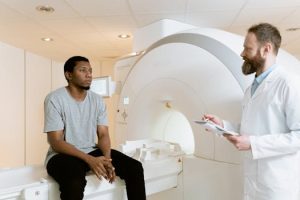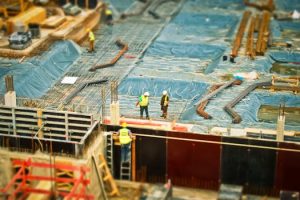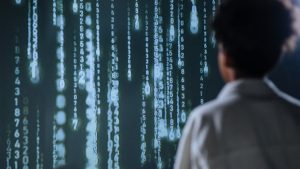The Maker Space Movement: Bringing Tinkering Back to Schools
The Maker Space Movement has been gaining momentum in recent years, bringing back the lost art of tinkering to schools across the globe. This movement emphasizes hands-on learning through exploration and creation, promoting critical thinking and problem-solving skills in students. As technology continues to advance and shape our world, it has become increasingly important to teach young minds to not only consume, but also to create. In this article, we will delve deeper into the Maker Space Movement and its impact on education.
The Concept of Maker Spaces
Maker Spaces, also known as Hackerspaces or Fab Labs, are collaborative workspaces where individuals can gather to create, invent, and learn. These spaces provide a wide variety of tools and materials for people to experiment with and build upon their ideas. From 3D printers to woodworking tools, the possibilities are endless in a Maker Space.
The concept of Maker Spaces first emerged in the early 2000s, but it wasn’t until a few years later that it gained popularity in schools. The Maker Space Movement aims to break away from traditional classroom learning and encourage students to get hands-on experience in various fields like robotics, electronics, and coding. By doing so, it promotes a more practical and hands-on approach to education, fostering innovation and creativity.
The Benefits of Maker Spaces in Education
The Maker Space Movement has been praised for its numerous benefits in education. It goes beyond just teaching STEM (science, technology, engineering, and math) subjects, and also encourages students to explore other areas like art and design. Here are some of the key benefits of having Maker Spaces in schools:
1. Fosters Creativity and Innovation
In a traditional classroom setting, students are often given a set of instructions to follow, leaving little to no room for creativity. In a Maker Space, students are encouraged to come up with their own ideas and solutions, fostering innovation and critical thinking skills. This allows them to think outside the box and come up with unique solutions to real-world problems.
2. Develops Practical Skills
Maker Spaces offer hands-on learning opportunities, allowing students to gain practical skills that they can apply in the real world. From using tools and equipment to troubleshooting and problem-solving, students are exposed to a wide range of skills that are not traditionally taught in classrooms.
3. Encourages Collaboration
Collaboration is a crucial skill in today’s workforce, and Maker Spaces provide the perfect platform for students to work together and learn from each other. By working in groups, students can share their knowledge and expertise, and develop teamwork skills that will benefit them in their future careers.
4. Boosts Confidence and Self-Esteem
Through hands-on projects and creating something from start to finish, students gain a sense of accomplishment and pride in their work. This boosts their confidence and self-esteem, motivating them to take on more challenging projects and learn new skills.
The Impact of Maker Spaces on Students
The Maker Space Movement has had a significant impact on students, not only in terms of academics but also on their overall development. By providing a hands-on learning experience, Maker Spaces have been proven to improve students’ attitude towards learning and increase their engagement in class. Students who participate in Maker Space activities also tend to show higher levels of creativity, problem-solving, and critical thinking skills compared to their peers in traditional classrooms.
Moreover, the Maker Space Movement has helped bridge the gender gap in STEM fields, as Maker Spaces provide an inclusive learning environment for all students, regardless of their gender or background. By promoting a more diverse and inclusive approach to education, Maker Spaces are paving the way for a more equitable and skilled workforce in the future.
The Future of Maker Spaces in Education
The Maker Space Movement has shown no signs of slowing down, with more and more schools and educational institutions incorporating Maker Spaces into their curriculum. As technology continues to advance, it is crucial to equip students with the necessary skills to succeed in the future workforce. Maker Spaces provide the perfect platform to do just that, by promoting a hands-on, practical approach to learning.
In conclusion, the Maker Space Movement has brought tinkering back to schools, providing a new and innovative way of learning that is here to stay. By fostering creativity, practical skills, collaboration, and confidence in students, Maker Spaces are shaping the minds of the future generation. As the saying goes, “The best way to learn is by doing,” and that is exactly what Maker Spaces aim to achieve.






